Don’t Buy Another Pair of Autumn Shoes Until You Read This
I’ve spent the better part of my life with my hands on leather, thread, and soles. As a cobbler, I’ve seen it all—the good, the bad, and the boots that fall apart if you look at them sideways. Trends come and go, but one thing never changes: when the weather turns, you need a solid pair of shoes.
In this article
Autumn is demanding. The ground gets slick, the air gets a bite, and your footwear suddenly has to do a lot more than just look good. It needs to offer real comfort, protection, and a steady grip on the world.
Honestly, my customers have taught me what really counts. It’s not about the fleeting style you see online. It’s about the quality of the leather, the sturdiness of the stitching, and a sole that can handle a wet sidewalk without a second thought. My job is to take shoes apart and put them back together, so I see exactly what makes one pair last a decade and another barely a season. This guide is built on that insider knowledge. We’re not chasing fads; we’re finding footwear that will be a reliable friend for many autumns to come.
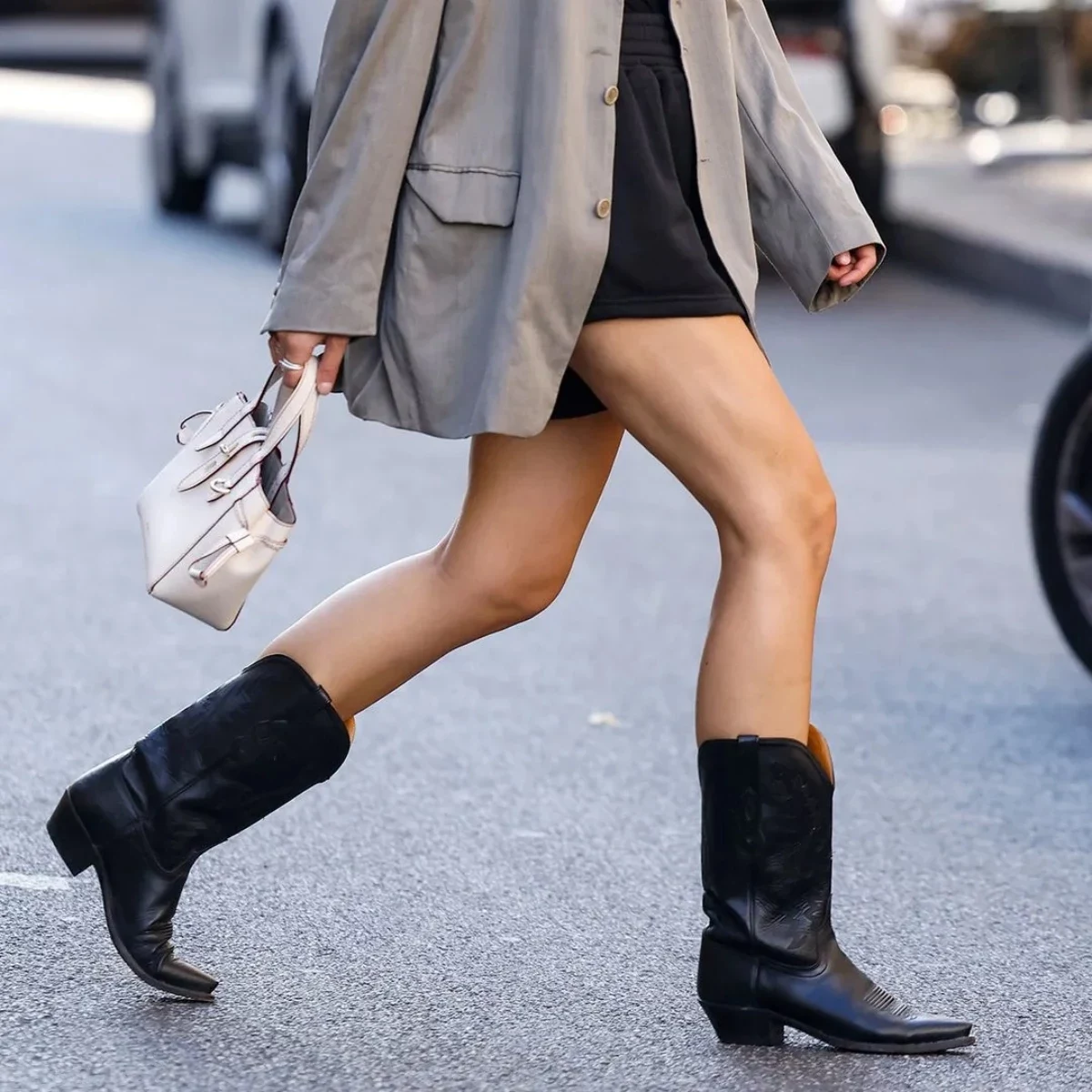
First Things First: What Makes a Good Autumn Shoe?
Before we even get into styles, let’s talk about what’s under the hood. The materials and construction are the heart and soul of any shoe. A boot that looks the part but is cheaply made will let you down, guaranteed. I can’t tell you how many times I’ve had to break the news to someone that their stylish new boots are beyond saving after one rainy month because they were basically cardboard and glue.
I’ll never forget a guy who brought in some trendy boots that had completely disintegrated. The “welt”—that little stitched strip around the sole—was just a piece of plastic glued on for show. He was heartbroken. That’s why you need to know this stuff!
Let’s Talk Materials: Leather, Suede, and Soles
The material is your first line of defense. Leather is the go-to for a reason; it’s a natural skin that breathes, helping keep your feet comfortable. But a heads up: not all leather is the same.
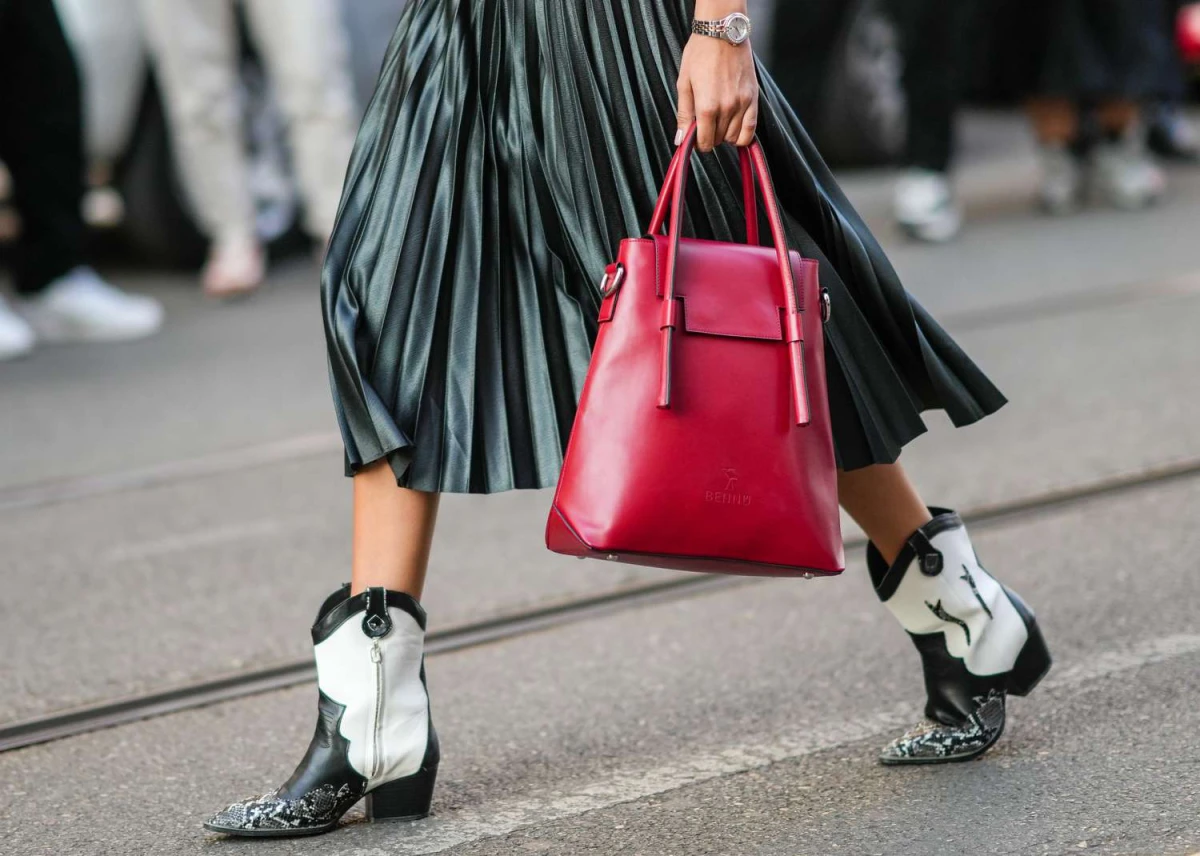
- Full-Grain Leather: This is the best of the best, the top layer of the hide with all its natural character. It’s tough, water-resistant, and gets better with age, developing a beautiful patina. It’s an investment that can literally last a lifetime.
- Top-Grain Leather: This is the second-best quality. The very top has been sanded down to remove imperfections, so it looks more uniform. It’s still a great choice, just a small step down in raw durability from full-grain.
- Corrected-Grain & Bonded Leather: Okay, here’s where you need to be careful. These are low-grade materials that are heavily processed or made from glued-together scraps. They crack, peel, and offer almost zero protection from the elements. If you want shoes that last, steer clear of these.
What about suede? People get nervous about suede in the rain, but you don’t have to be. Suede and its tougher cousin, nubuck, can be fantastic for autumn if you treat them right. A quick spray with a quality waterproofer creates a shield that makes water bead right off. From my experience, the key is just reapplying it every few weeks or after a heavy downpour. A can of something like Tarrago Nano Protector is a great investment for about $15-$20.
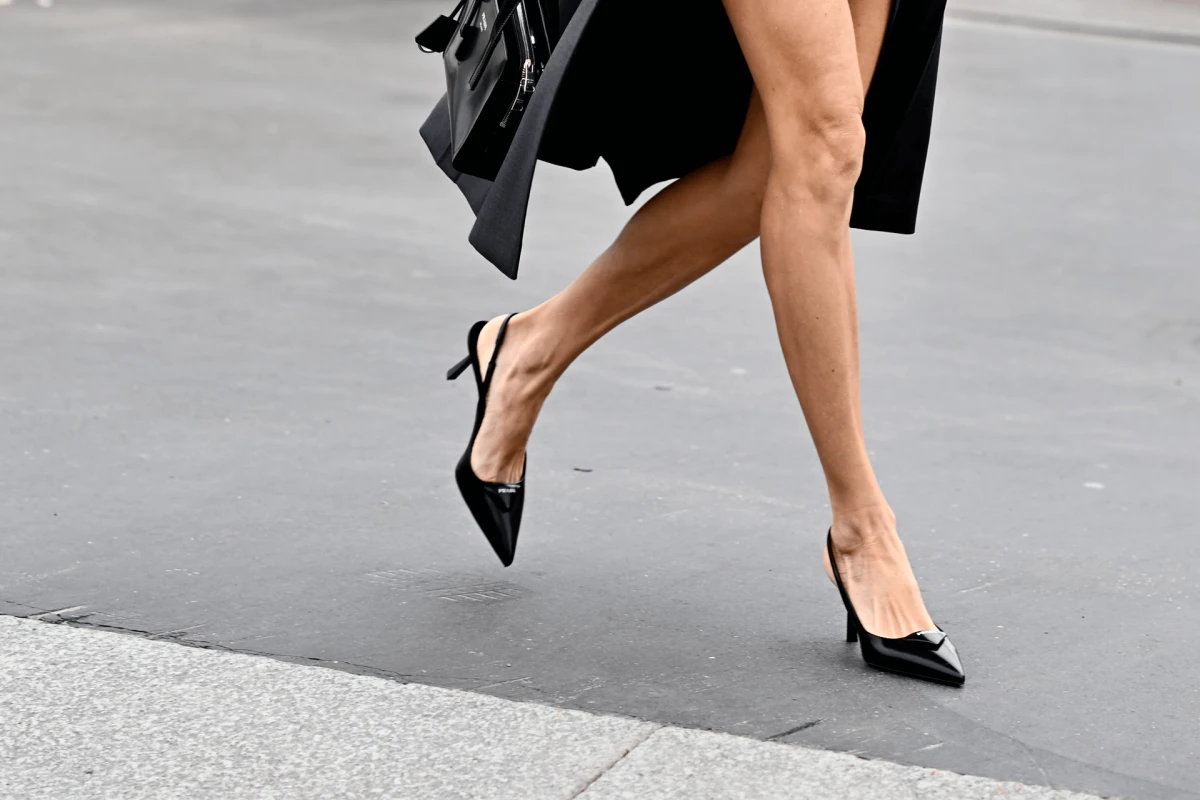
And don’t forget the soles! A classic leather sole looks sharp, but on wet streets, it can feel like a slip-n-slide. For autumn, I almost always recommend a rubber sole. Brands like Dainite or Vibram make amazing, durable rubber soles that give you fantastic grip without looking clunky.
How It’s Built: The Difference Between a $100 and $400 Shoe
How a shoe is put together is just as crucial as the materials. This is what determines if a shoe is repairable, water-resistant, and flexible. Let’s break down the big three construction methods, no fancy charts needed.
Goodyear Welting is the gold standard for durability. A leather strip (the welt) is stitched around the shoe, connecting the upper to the sole. This creates a super sturdy and water-resistant buffer. The best part? A good cobbler can easily slice off the old sole and stitch on a new one, giving your favorite boots a second, third, or even fourth life. This is the method used by many top-tier bootmakers. For a solid start, check out brands like Thursday Boot Co. for great value. If your budget is higher, you can’t go wrong with heritage brands known for this kind of craftsmanship.
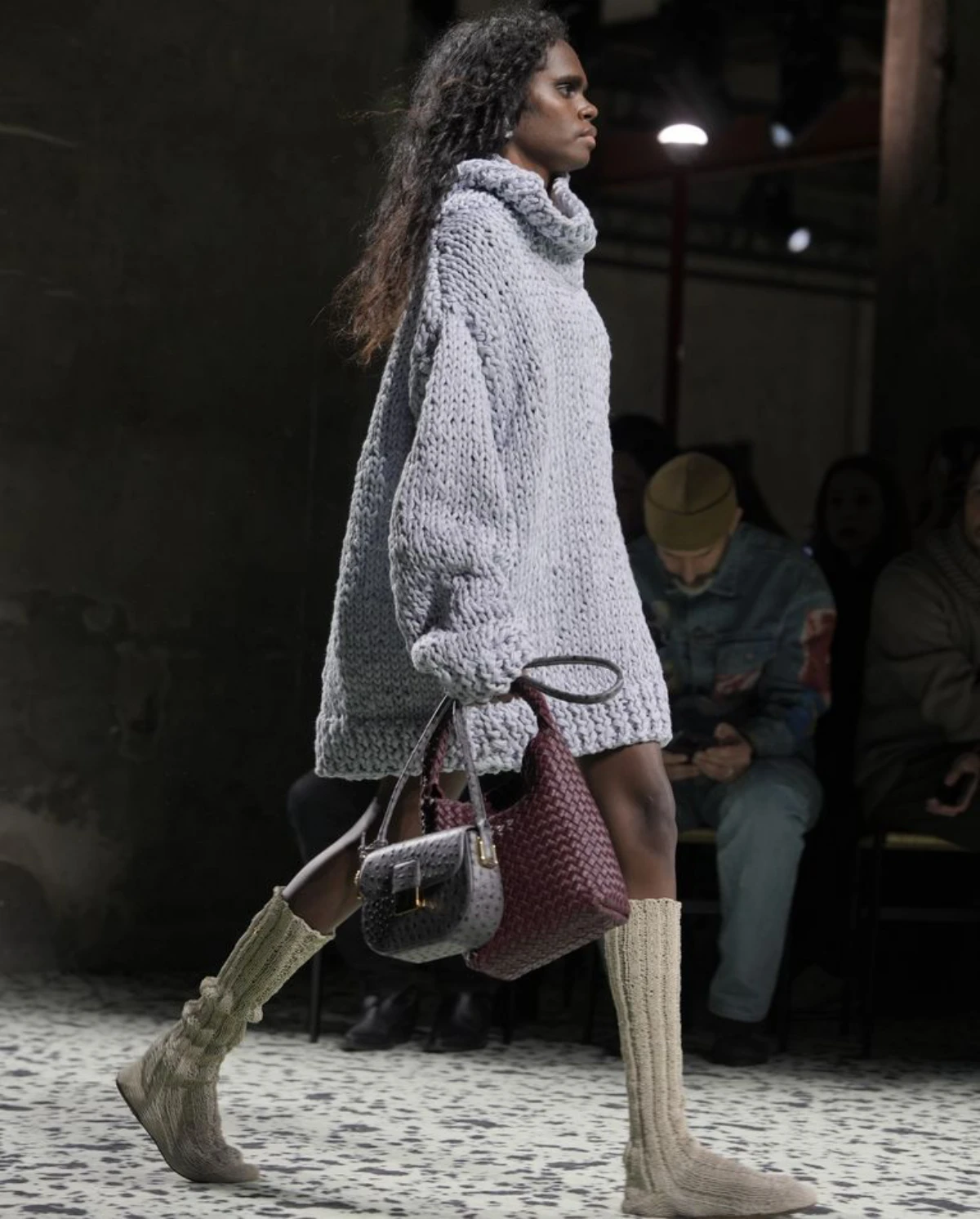
Then there’s Blake Stitching. This method stitches the sole directly to the upper from the inside, resulting in a sleeker, more flexible shoe. It’s a solid construction method, but it is less water-resistant because the stitch goes directly into the shoe’s interior. Resoling is possible, but it requires a special machine that not all repair shops have, so it’s good to keep that in mind.
Finally, we have Cemented Construction. This is the most common method you’ll find in malls and fast-fashion stores. The sole is simply glued on with a powerful adhesive. It’s cheap and fast to make, but it’s the least durable. The glue can fail, especially when it gets wet, and resoling is pretty much impossible. These are, for all intents and purposes, disposable shoes.
Timeless Styles Worth Your Money
Okay, now for the fun part. Once you know what to look for in terms of quality, you can pick a style with confidence. These are the classics that have proven their worth year after year.
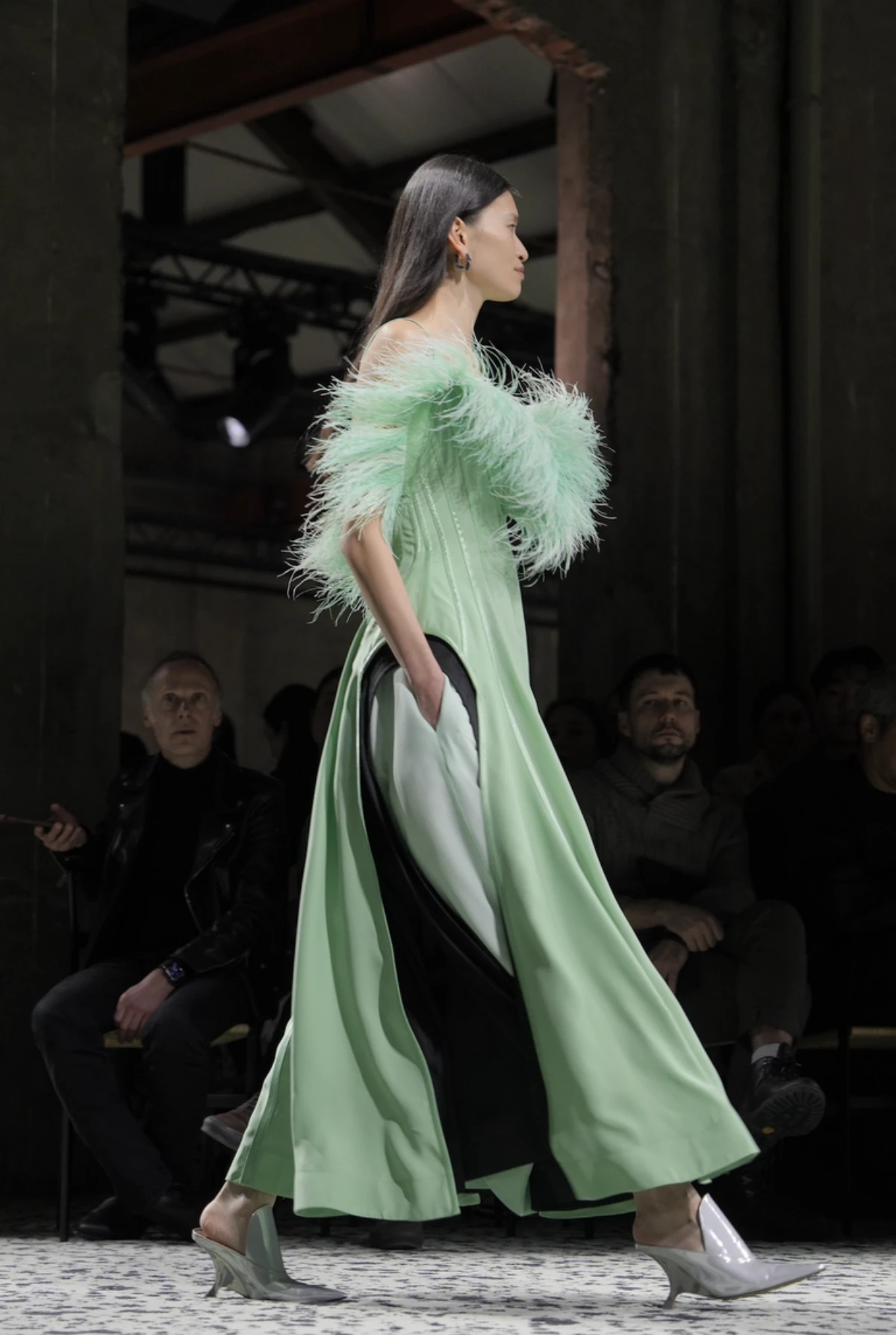
- The Reliable Loafer: For autumn, you want a loafer with some backbone. Look for a sturdy penny or tassel loafer, preferably with a Goodyear welt and a subtle rubber sole for traction. This combo gives you classic style that’s actually built for the season.
- The Ankle Boot Workhorse (Chelsea & Chukka): The Chelsea boot, with its signature elastic side, is a superstar of convenience and style. A good one will have strong elastic and reinforced stitching. I’m a big fan of models with a storm welt (that’s an extra lip of leather that covers the seam for even more water protection). The Chukka boot is its simpler, open-laced cousin. A suede chukka is iconic, but for wet weather, a full-grain leather version is a smarter bet.
- The Protective Tall Boot: A classic tall boot offers incredible protection from the elements. Quick tip: Pay close attention to the zipper. A flimsy zipper is often the first thing to fail. A heavy-duty YKK zipper is usually a good sign of overall quality.
- The Weather-Ready Utility Shoe: On truly miserable days, you need a specialist. The classic duck boot, with its waterproof rubber bottom and flexible leather upper, is a masterpiece of practical design. Some sneaker brands are also stepping up, making their classic styles with weather-resistant materials and a gusseted tongue (a tongue that’s attached to the sides to keep water from seeping in).
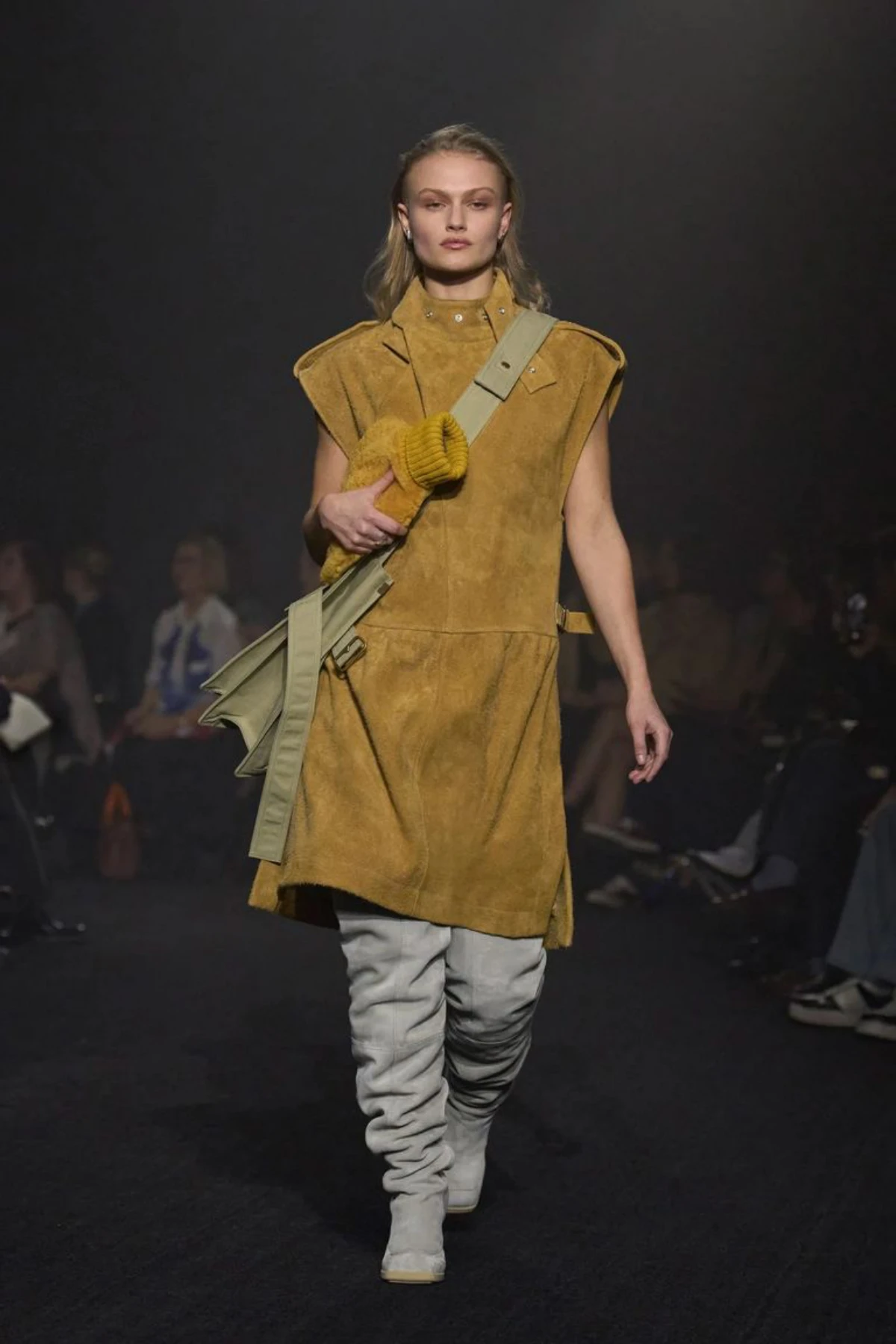
The Most Important Part: A Perfect Fit
Seriously, the most beautifully crafted, expensive shoe on earth is garbage if it doesn’t fit you properly. Don’t compromise here.
A few simple rules: always try on shoes in the afternoon (your feet swell during the day) and wear the kind of socks you’ll actually be wearing with them. There should be about a half-inch of space between your longest toe and the end of the shoe. A little heel slip is normal in new leather boots, but your heel shouldn’t be popping out.
And a word on the “break-in” period: a quality leather shoe should feel snug, but never painful. If a shoe is pinching or cramping your toes from the start, it’s the wrong shoe for your foot. Don’t ever buy a shoe expecting it to stretch from painful to comfortable. It won’t happen.
Protecting Your Investment: A Simple Maintenance Plan
Buying good shoes is the first step. Taking care of them is what makes them last. A few minutes of care after each wear is worth hours of repair work down the line.
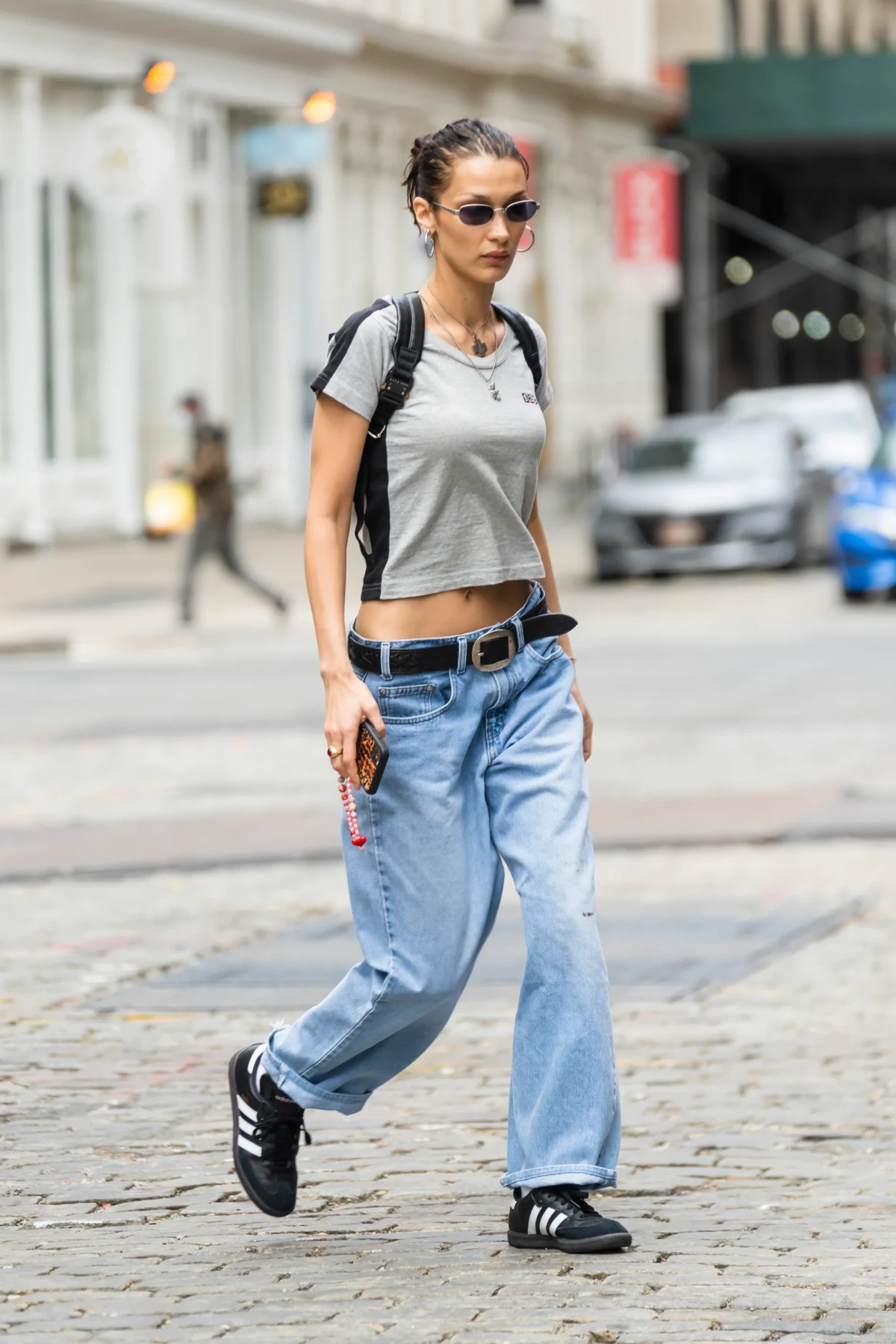
Your Daily Ritual
When you take your shoes off, give them a quick wipe with a brush or cloth to get rid of any dirt. But the single most important thing you can do? Use shoe trees. Unfinished cedar shoe trees are the best; they absorb moisture, neutralize odor, and help the shoe keep its shape as it dries. This prevents the leather from curling and cracking. Also, try not to wear the same pair two days in a row. Letting them rest for a full 24 hours will dramatically extend their life.
Your Maintenance Starter Kit
You don’t need a lot to get started. Here’s a quick shopping list to protect your investment:
- Cedar Shoe Trees: Expect to pay around $25. Worth every penny.
- Horsehair Brush: A good one will run you about $10.
- Quality Leather Conditioner: Around $15. I’ve been using Bick 4 for years; it works wonders without darkening most leathers.
So for under $50, you’ve got everything you need to protect hundreds of dollars in footwear. You can find these items at most shoe repair shops or easily online.
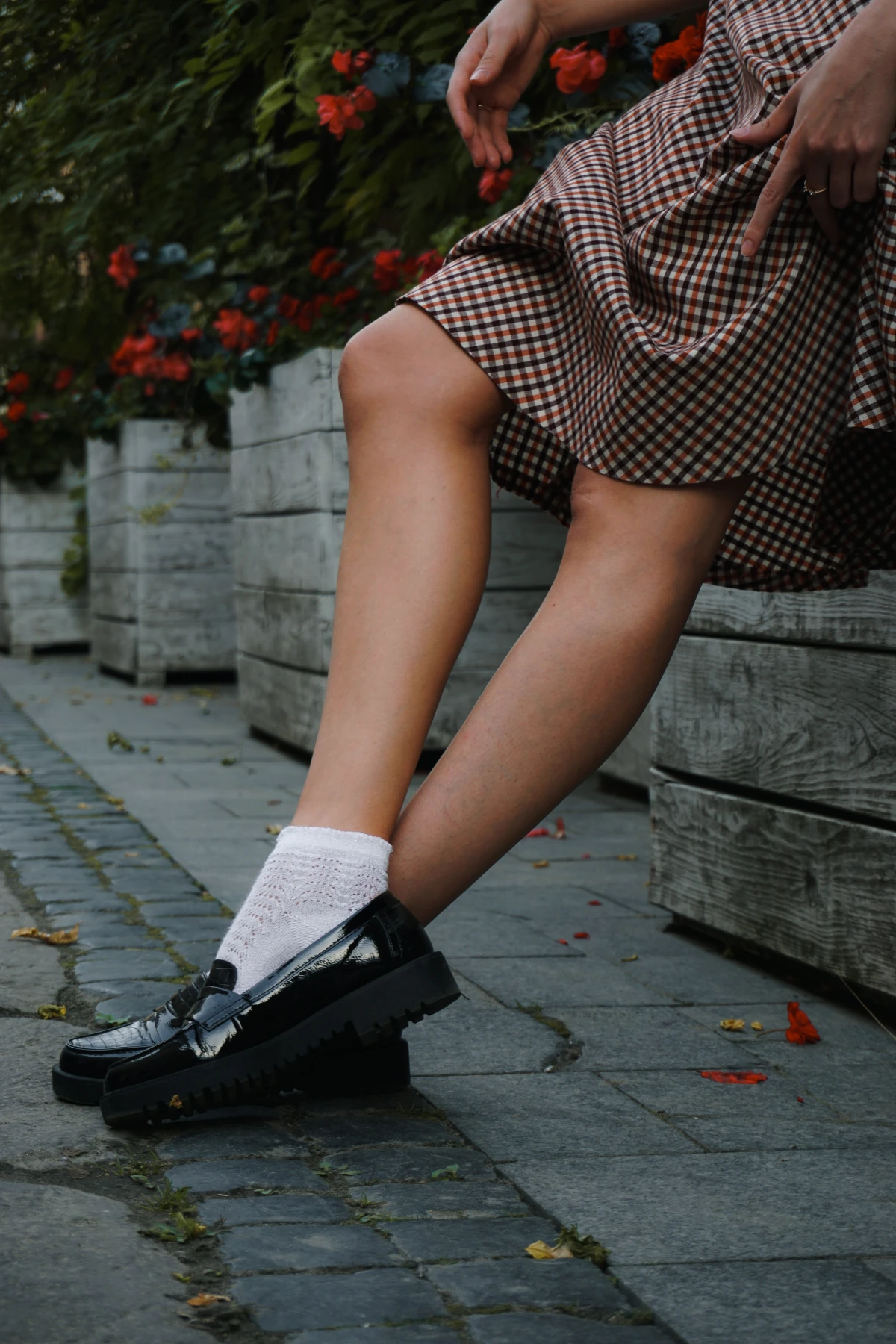
When to Call in a Pro (Like Me!)
Even the best shoes need a tune-up eventually. Bringing them to a cobbler at the right time can save you from having to replace them entirely. Here’s what to look for:
- Worn-Down Heels: The rubber tap on the back of the heel always wears down first. Replacing this is a simple, inexpensive job, usually between $25 and $40. If you let it wear down into the heel block itself, the repair gets much more complicated and costly.
- Soft Spots in the Sole: If you press on the bottom of your shoe and it feels spongy, the sole is getting thin. It’s time to start thinking about a resole.
- A Full Resole: For a Goodyear-welted shoe, a full resole is a major operation, but it’s a fantastic value. It might cost between $120 and $180, but it’s a bargain to give your $400 boots a brand new life.
Good footwear is also about safety. A slip on a wet sidewalk is no joke. The traction on your sole isn’t a luxury—it’s a critical feature. So when you’re choosing your next pair, or deciding if your old ones have had it, think about the grip. When in doubt, you can always bring your shoes to a local cobbler. We’re here to help you keep your footing and make your investments last.
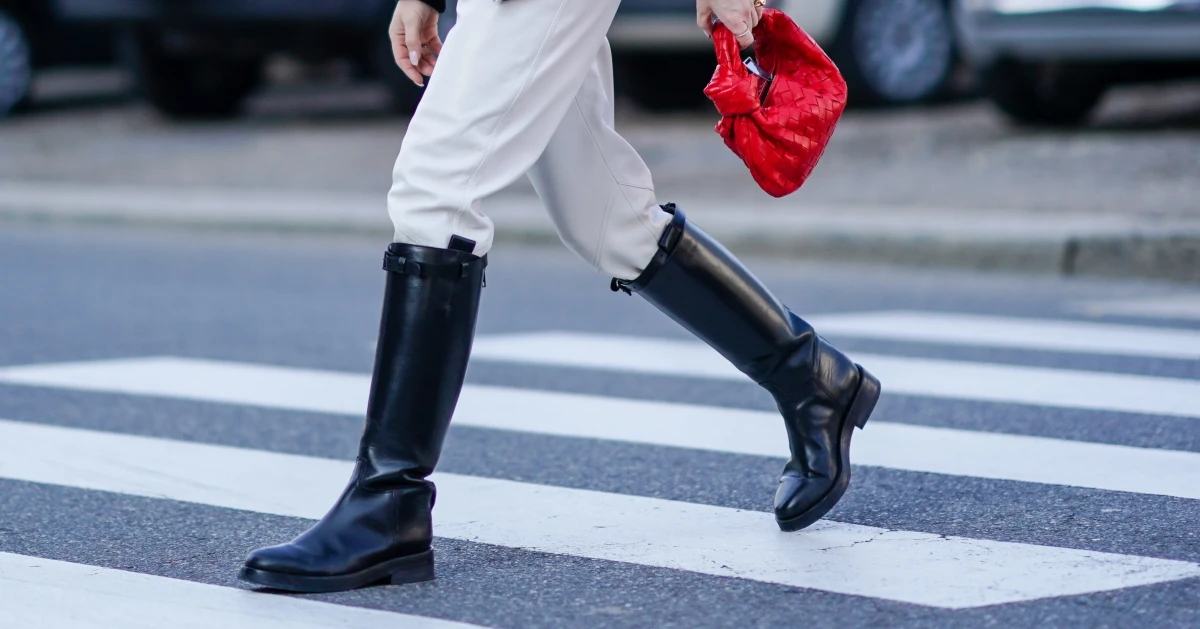
Galerie d’inspiration
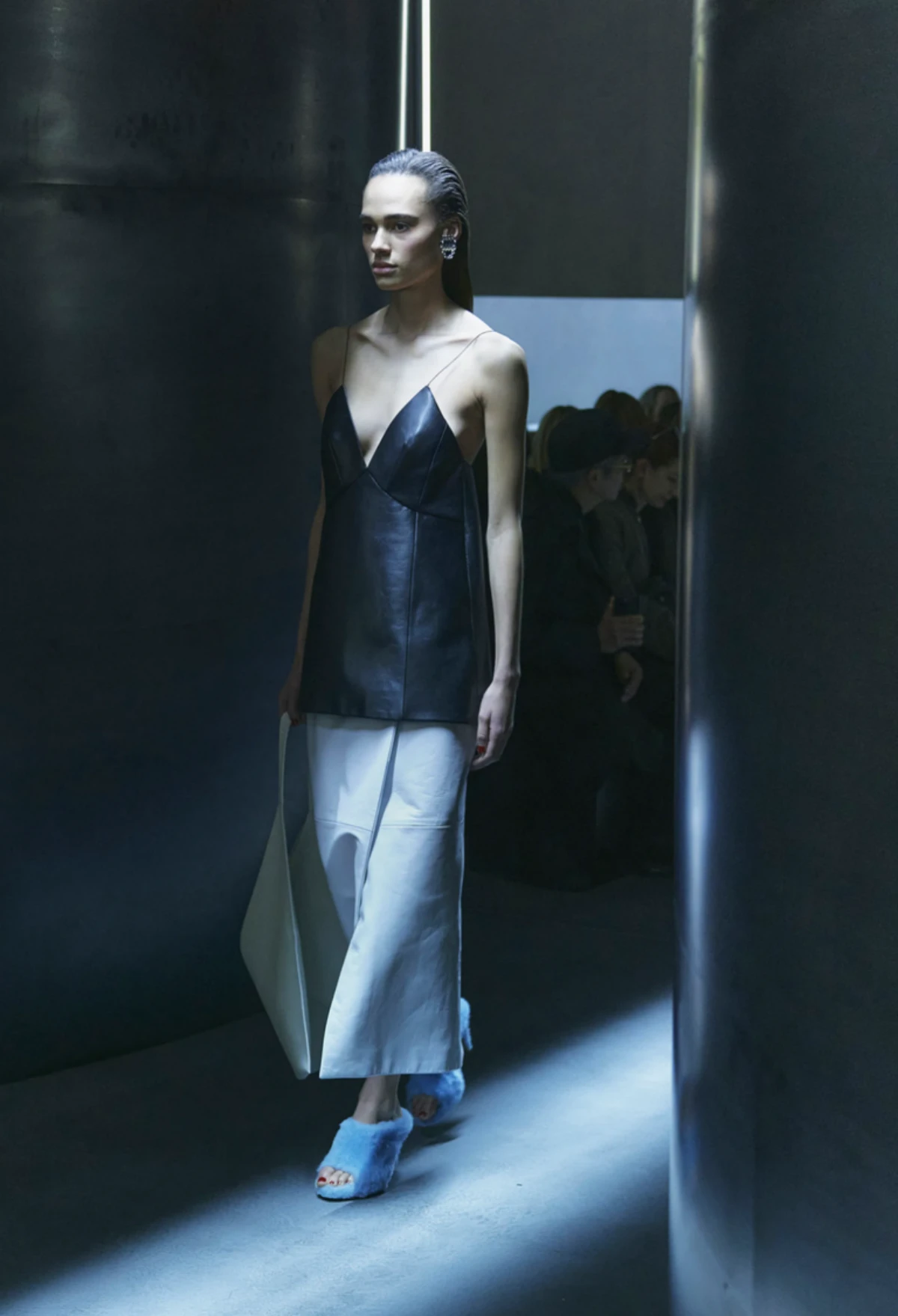
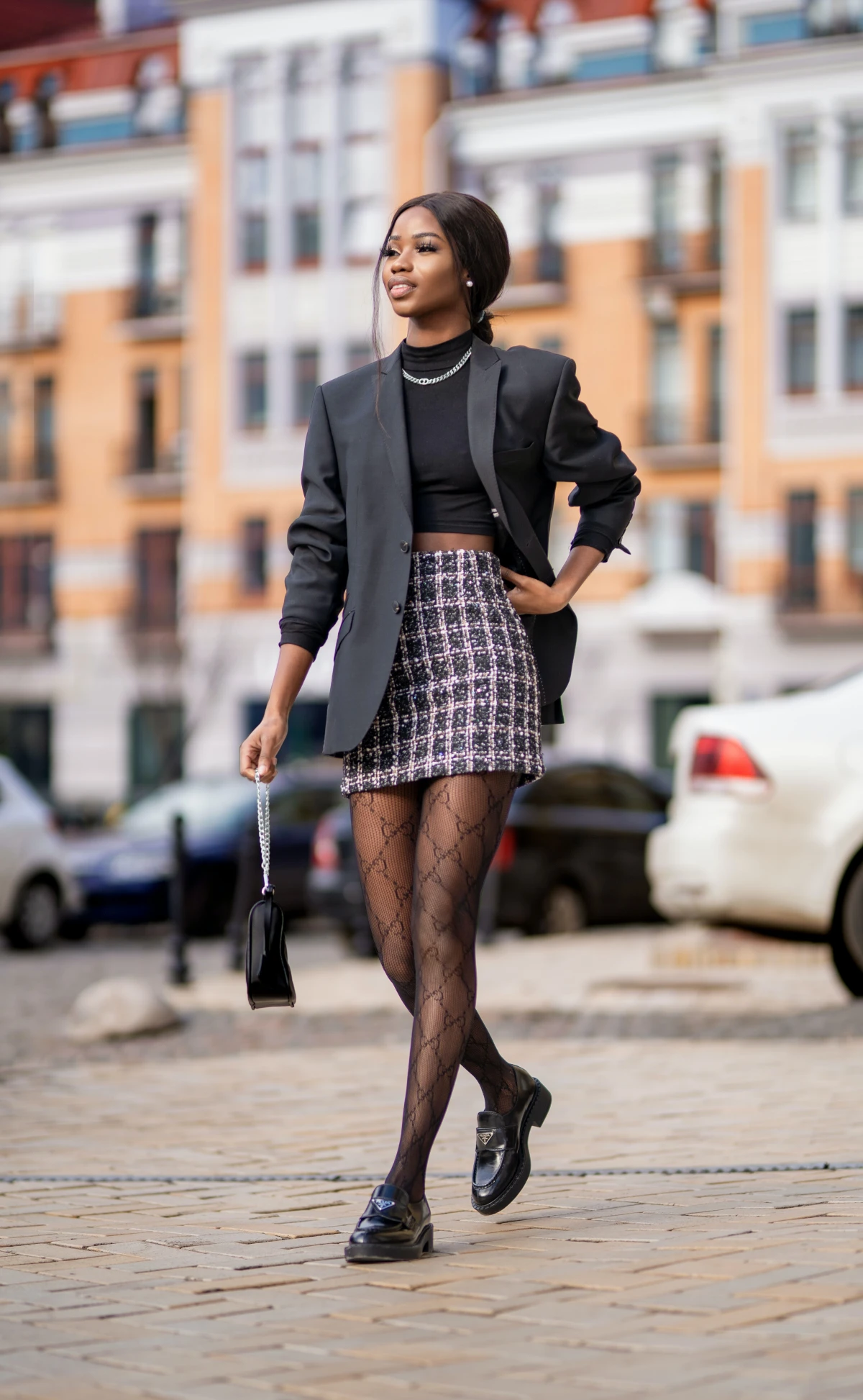
Can you really wear suede in the rain?
Absolutely, provided you give it the right armor. The key isn’t avoiding this beautiful material, but waterproofing it correctly. Forget old, waxy sprays that can stain or alter the texture. Modern nano-protector sprays, like those from Collonil or Saphir’s Super Invulner, create an invisible, breathable barrier. A couple of light, even coats before their first outing will make water droplets bead up and roll right off. Reapply every few weeks, especially after a downpour, and your suede loafers or boots will brave autumn showers without fear.
A Goodyear welt, the gold standard in shoe construction, involves over 200 separate operations to complete.
That intricate stitching you see on high-quality boots isn’t just for show. It’s a complex process that stitches the upper to the sole through a leather rib, creating a durable, water-resistant, and—most importantly—resoleable shoe. This means a cobbler can replace a worn-out sole without affecting the shoe’s structure, extending the life of a pair of boots like Red Wings or Tricker’s from a single season to a decade or more.










